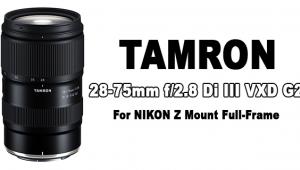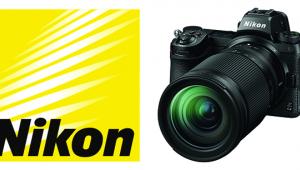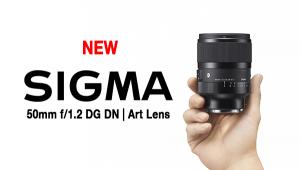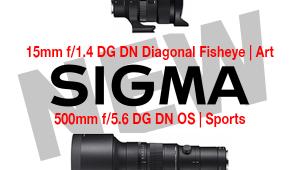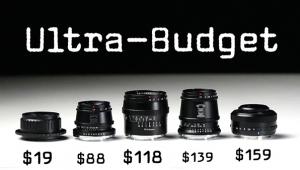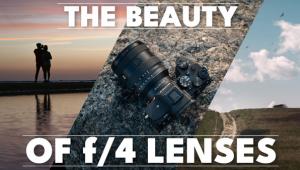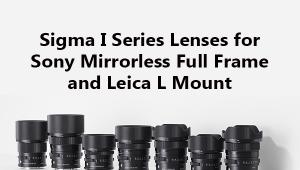Tamron Unveils Fast New 35mm F/1.8 and 45mm F/1.8 Prime Lenses with Image Stabilization, Close Focusing and High-End Designs
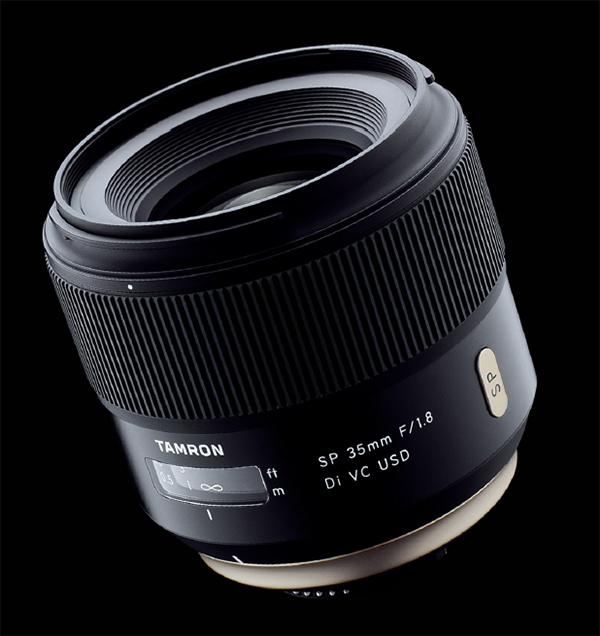
Tamron has annouced two intriguing new prime lenses: the Tamron SP 35mm f/1.8 Di VC USD and a 45mm f/1.8 Di VC USD. Both lenses offer close focus (7.9 and 11.4 in. respectively) and both are compatible with full-frame and APS-C sensor DSLR cameras.

Featuring all new innovative designs both inside and out, these new lenses mark the onset of a new generation of Tamron SP (Superior Performance) lens technology designed to take full advantage of the ongoing advancements in CMOS imaging sensors and the performance of today’s pro-level DSLR cameras.
Both new Tamron lenses offer fast f/1.8 apertures, which combined with 9-blade circular diaphragms and close-up capabilities, opens a world of new photographic opportunity.

I'm currenlty testing the Tamron SP 35mm f/1.8 Di VC USD and a 45mm f/1.8 Di VC USD lenses on my full frame Nikon D800 and I’m emphatically impressed by the sharpness (even wide open at f/1.8), the incredible background bokeh, and the effectiveness of the Vibration Compensation image stabilization. Being able to shoot close-up at f/1.8 enables the creation of unique images, and offers amazing control over depth-of-field.
Included with this story are a few sample images I shot with the new Tamron lenses.

The new Tamron 35mm f/1.8 and 45mm f/1.8 lenses are priced at $599 each. The Nikon and Canon mount versions will ship first, followed later by Sony Alpha mount (without VC since Sony builds stabilization into the camera body).
Cosmetically, this pair stands apart from other Tamron lenses—and not only because they are Tamron’s first and only primes. Lens exterior has been painstakingly fashioned for comfort and ease-of-use, right down to the lettering font which Tamron designed from scratch for maximum readability.
The metal lens mount is highlighted by a soft-toned gold-colored ring that bespeaks high quality. And to top everything off—literally—Fluorine coating on exterior lens surfaces to shed moisture and fingerprint grime.
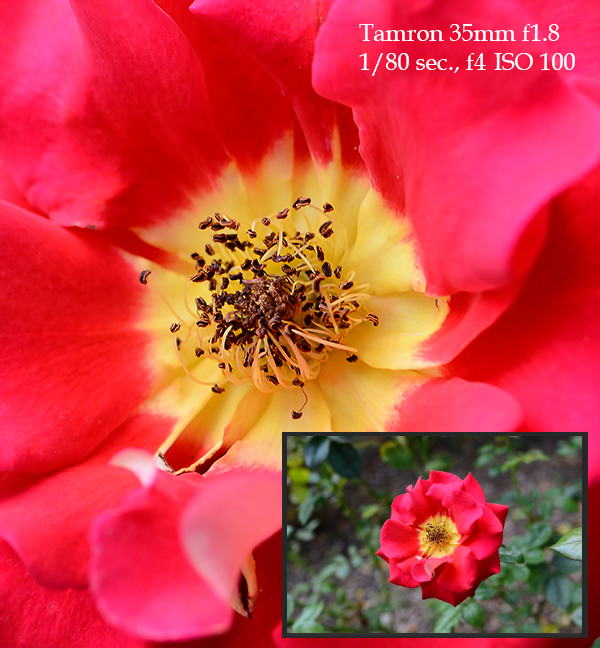
Why 45mm? The “standard” or “normal” focal length for any camera is determined by the diagonal of the image sensor.
Cameras with full-size sensors (i.e., CMOS or CCD sensors the same size as a single frame of 35mm film which is 24mm x 36mm) therefore have a “normal” focal length of about 43.3mm. (Don’t take my word for it; dig out your copy of the Pythagorean theorem and do some ciphering. If a rectangle is 24x36, the hypotenuse is the square root of 1,872 or 43.2666.)

In practical terms, I can’t wait to use the 45mm on my Micro 4/3s cameras with an adapter—it’s the equivalent of a 90mm f1.8, perfect for portraits and super-sharp wide open—with VC! For you APS-C DSLR shooters, the equivalent focal lengths are 54mm and 70mm.

Which do you lean toward? The tried-and-true focal length, 35mm f1.8? Or the truly normal 45mm f1.8? So far I’m torn—both lenses are terrific. But if I had to pick just one I’d go with the…hmmm. I’d better sleep on it again. Maybe I’ll have to buy both.
Watch for the complete Shutterbug review of these two lenses, complete with full resolution images, coming soon.
—Jon Sienkiewicz
- Log in or register to post comments



